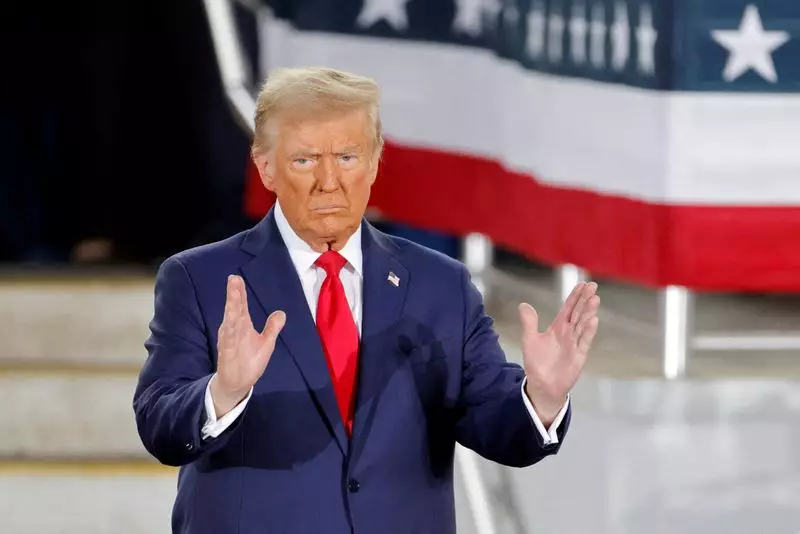January 20 marked a significant day in American history as Donald Trump took the oath of office, formally becoming the 47th president of the United States. The swearing-in ceremony, a quintessentially democratic event, was presided over by Chief Justice John Roberts, lending a sense of constitutional gravitas to the occasion. In an equally historic turn, JD Vance, a prominent political figure, was sworn in as vice president, an announcement accompanied by a sense of promise and potential for the new administration.
The inauguration was not just a transition of power; it was a declaration of the values and intentions that would shape the forthcoming presidency. Trump’s inaugural address reverberated with aspirations of revitalization for the nation, as he proclaimed the onset of a “golden era” for the United States. This rhetoric resonated with many supporters, invoking dreams of economic revitalization, national security, and American exceptionalism.
As Trump settled into his presidential role, a flurry of executive actions was anticipated, signaling the administration’s priorities. Key policy moves included plans to revisit birthright citizenship, a contentious issue that has polarized public opinion. The potential for declaring a national emergency concerning the US-Mexico border was particularly noteworthy, hinting at a continuation of his hardline immigration stance.
Moreover, the promise of pardons for individuals involved in the January 6 Capitol riots indicated Trump’s complex relationship with the events of his presidency prior to inauguration. This controversial move may be viewed as an attempt to solidify loyalty amongst his base while simultaneously navigating the politically charged waters that followed the insurrection.
During his inaugural address, Trump also outlined bold economic strategies that aimed to shift the paradigm of international trade. By asserting the need for tariffs and taxation of foreign nations, he positioned the External Revenue Service as a key component in this plan. The emphasis on economic nationalism suggested a dramatic shift in how the US would interact with global markets—prioritizing American citizens above international partnerships.
Trump’s vision for the economy indicated a disengagement from previous internationalist approaches towards a more insular, protectionist policy framework. Such strategies could intensify narratives around nationalism versus globalism, further polarizing public discourse as the president sought to implement sweeping changes.
The inauguration was graced by a diverse array of notable figures, from political leaders to billionaires who have long been fixtures in the American socio-economic landscape. Tech titans like Elon Musk and Jeff Bezos highlighted the intersection of politics and business, two realms that are ever more intertwined in contemporary governance. The presence of the American spirit resonated through the performance of “America the Beautiful” by country music icon Carrie Underwood, adding an emotional touch to the ceremony.
The robust presence of former President Joe Biden, who had just granted preemptive pardons to various individuals including members of Congress tied to the January 6 investigation, laid a backdrop of complexity and contention leading up to Trump’s presidency. This act served as a reminder of the political challenges that awaited the new administration.
Trump’s inauguration was not merely a ritual of power; it was a moment laden with expectations and implications for both the present and the future of American democracy. As he embarked on his presidential journey, the balance between populism, policy, and the prevailing political climate would continue to evolve, stirring the national dialogue on what it means to be American.

